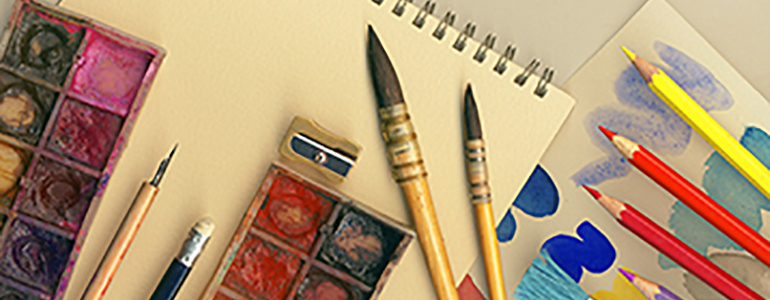Designing a system solution is a creative act in the fullest sense of the word. Among the most common definitions of creativity there are two recurring elements. Creativity is most often described as the act of producing something that is both novel and valuable. This certainly describes the systems engineering process of designing a systems solution.
It is clear that the solution must be valuable. From the outset the process is commissioned and guided by a set of value statements that are embodied in the system requirements. They describe the essential characteristics of the solution and its actions which make its creation of value to the stakeholders. Once this solution begins to take shape it is verified against the value statements to assure its value. So creating a solution that answers the needs described in the requirements is certainly the creation of something of value.
The second characteristic of a product of the creative process is that it is novel. Systems engineering design is the quest for novel solutions. The solution must meet the customer’s requirements and the design task is to craft a system to do that. Sometimes that might mean creating a solution that links together existing subsystems. Often it means re-crafting and recasting within existing constraints and infrastructure. But at the heart of it, systems design is seeking a novel way forward.
The systems engineer creates this design much like a painter paints a picture. Instead of applying colors the systems engineer uses behavior to create a logical architecture. The colors are the functions, control constructs and items that the design engineer assembles to form the patterns of transforming inputs to outputs that comprise the solution.
This has two major implications for the way we practice systems engineering. First, the systems designer paints on a canvas using functions and constructs like a painter uses colors. The designer must understand functions and constructs like a painter understands color. Just as the knowledge of how much blue and how much yellow to combine to make just the right green can be key to the painter’s design, knowing the difference between the Loop Construct with an exit condition and the Iterate Construct allows the system designer to repeat a set of functions until a specific condition is met or for a specified number of repetitions.
Using the constructs and functions in novel ways enables the designer to construct complex and nuanced behavior with which to meet the requirements. This is every bit as creative a process as the novel use of colors to convey the image in a work of art. The combinations and juxtapositions allow the system designers to find expression for their ideas in new and innovative ways.
The second implication also has to do with the nature of creativity. Creativity rests on choices. The French mathematician Henri Poincare pointed out that the essence of creativity is the ability to see relationships between alternatives. The greater the number of alternatives that exist the greater the possibilities for creativity.
Many systems designers choose to “allocate” requirements directly to components. They regard components as fulfilling the requirements rather than as performing behaviors. So they assign individual requirements directly to individual (or groups of) components. But this is destructive of the creative possibilities for the solution.
The possibilities for the range of solutions available to the system designer are severely narrowed if the designer surrenders her choices to only those offered by the components selected. Components are designed to perform specific behaviors. They operate in specified ways under specific conditions. When that behavior is chosen to fulfill a specific requirement then, and only then, the choice of that component is warranted.
By choosing a particular component without first examining the possible behaviors, the designer is locking the solution into a limited set of options. Even worse, the composition of the set of options is not controlled by the designer but is the inevitable result of the component choices. This is like painting by numbers in the art world. The painter can paint a picture but has no control over what the picture looks like. The colors and their locations are defined by the numbered canvas.
Our world of complex problems and constrained resources calls for the highest level of creativity that we can bring to bear. We must understand our craft and use it to create novel and sophisticated behavioral solutions to the problems posed by our requirements. We must avoid surrendering any of our creative possibilities to the premature rush to choose component solutions. Only by “painting” skillfully and intentionally can we create the novel and useful solutions that our stakeholders need.





